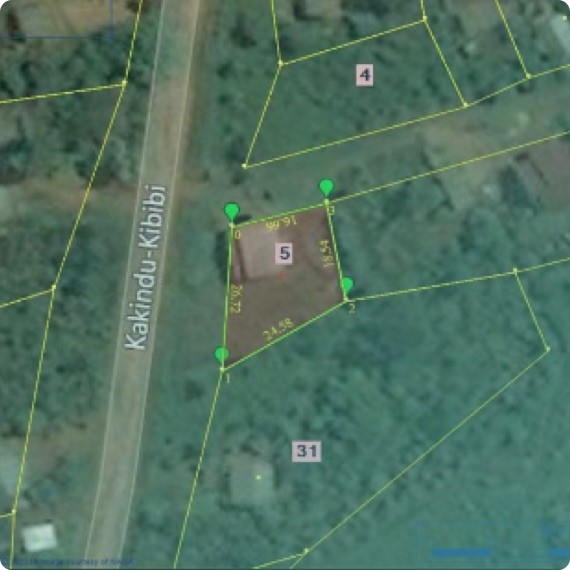Types of Global Navigation Satellite System Variants Today
Taking out your phone to navigate through a new place seems commonplace these days. Anytime you feel lost, you can simply type in a destination and begin using GPS, a little chip in your phone that gives time and location related data anywhere across the globe.
GPS (Global Positioning System) is actually one of the main types of types of global navigation satellite system available around the earth. There are four main systems and two regional systems in all -
• GPS (United States)
• GLONASS (Russia)
• Galileo (European global navigation satellite system)
• BeiDou (China)
• QZSS (Japan) (Regional system)
• IRNSS or NavIC (India) (regional system)
History of Global Navigation Satellite Systems
Let us take a look at some important details about the various types of global navigation satellite systems available around the earth:
GPS
Operating since 1978, GPS is the oldest global navigation satellite system, but how did this technology develop in the first place? At the root of its development lies the need to own a self-operating navigation functionality that was first realized by the US military.
This gave birth to the Transit system (NAVSAT) in 1964; it worked on the principle of the Doppler Effect that enabled it to offer navigation data to surface ships and submarines via geodetic and hydrographic surveying. After a while, GPS was made available for the public and at present, it consists of a constellation of 33 satellites in total. Among these, thirty one are currently operational.
GLONASS
GLONASS, which is global navigation satellite system designed by Russia and was initiated in 1993, stands for GLObalNAvigation Satellite System. It began with a cluster of twelve satellites in two orbits and today has twenty seven satellites that are all functioning properly. The Russian Aerospace Defence Forces is in charge of GLONASS.
Galileo (EU)
This is the European global navigation satellite system that has been designed by the European Space Agency and run by the European GNSS Agency. Accessible both for public as well as commercial use, it contains twenty two satellites that are working out of thirty satellites with six spare satellites that are in orbit.
BeiDou (China)
China’s GNSS comprises twenty two in-orbit satellites operating at capacity out of a total of thirty five satellites. It’s second generation, called BeiDou-2 or COMPASS, became functional in 2011, and a year later its first generation was retired, having worked since 2000. There is also a third generation of satellites, with its first satellite coming into operation in 2015.
QZSS (Japan)
QZSS stands for Quasi-Zenith Satellite System and is the Japanese regional satellite navigation system from Japan. Although it is yet underway in terms of construction by the Satellite Positioning Research and Application Center of Japan, it aims to own a cluster of seven satellites in all where each satellite will provide accurate and stable positioning services in the Asia-Oceania region. Along with that, there is a certainty of QZSS-GPS compatibility.
IRNSS ― NAVIC (India)
Those who realize the importance of land administration also know the role that GNSS plays in achieving its goals, and NavIC is certainly doing its part in helping India improve its land administration through enhanced satellite imagery to help detail land data.
At present, ISRO has confirmed that 3 of the IRNSS satellites are operating in the geostationary orbit, and the remaining four are working in geosynchronous orbits.





intresting read!
ReplyDelete